News

More trees, less water stress in El Salvador
18/04/2023

Upgrading traditional techniques boosts production of famous Azerbaijani tomatoes
30/03/2023
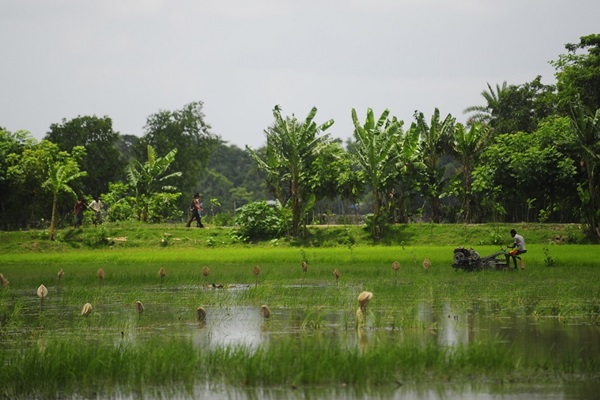
To transform agrifood systems, we must implement climate change and biodiversity agendas in tandem
30/03/2023
Brussels, Geneva and New York – The rethinking of food and agriculture and the necessary sector transformations we need moving forward must take into consideration the implementation of the closely interlinked climate change and biodiversity outcomes from COP27 and COP15, respectivel...
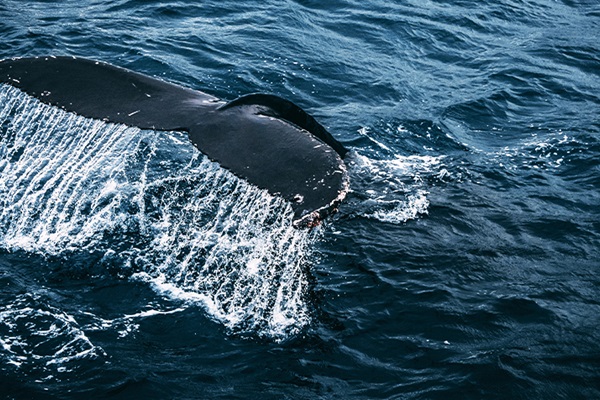
FAO advances conservation and sustainability on the high seas
05/03/2023
The high seas comprise nearly two-thirds of the world's ocean and are filled with a variety of fish species, which are essential for the ocean's biodiversity. They are part of flourishing ecosystems that regulate our climate, provide vital habitats for hundreds of thousands of species and support crucial fisheries.
But high seas ecosystems are facing new challenges: climate change, pollution, and unsustainable practices are threatening their fragile balance. Rising water temperatures are forcing many species to find new habitats, while unsustainable practices, such as overfishing, are impacting fish stocks and biodiversity.
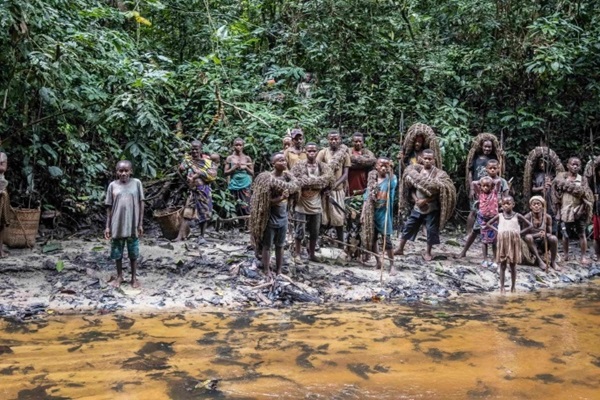
Protecting wildlife and Indigenous Peoples’ livelihoods in the Democratic Republic of the Congo
03/03/2023
"I have a duty to protect the forest, as it feeds me and my family," says Thomas.
The Ituri Forest, which Thomas Aseli speaks about with emotion, is located in the northeast of the Democratic Republic of the Congo and is a sacred place for the Mbuti Indigenous People. Within this spectacular rainforest is the Okapi Wildlife Reserve. It occupies about one-fifth of the forest and houses some of the richest wildlife in central Africa, including a large population of the reserve’s iconic okapi, also known as a forest giraffe. It is also home to more than 100 species of mammals, including several endangered species such as the forest elephant and the eastern chimpanzee.
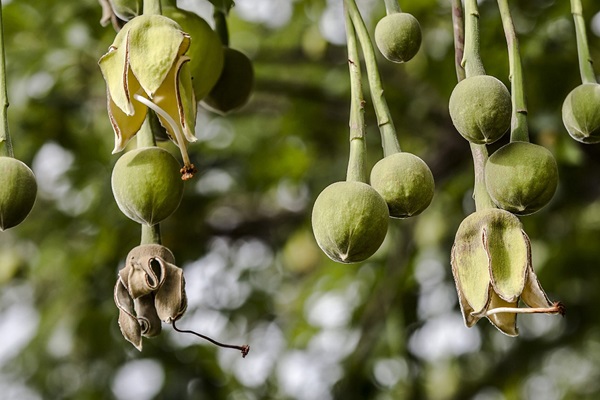
Register for webinar 28 February 2023
28/02/2023
Tuesday 28 February 2023
12:00-14:00
Wild plant genetic resources for food and agriculture: their conservation and sustainable use
This webinar is a follow up to the First International Multi-stakeholder Symposium on Plant Genetic Resources for Food and Agriculture: Technical Consultation on in situ conservation and on-farm management of PGRFA, held in March 2021. At this event, examples of the continuum of management practices for wild plant genetic resources for food and agriculture, from their conservation to use in breeding improved crop varieties, will be presented and discussed.
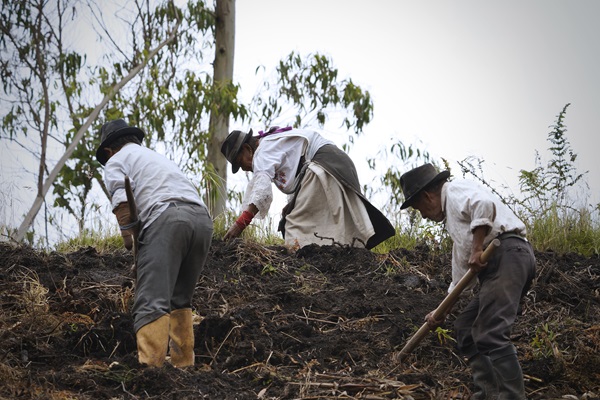
Globally Important Agricultural Heritage Systems: Two new sites recognized in Ecuador’s Andes and Amazon regions
14/02/2023

World Pulses Day 2023
08/02/2023
Pulses contribute to increasing the resilience of farming systems and providing a Better Life for farmers in water scarce environments, as they have a low water footprint and can better tolerate drought and climate-related disasters compared with other food crops, making them an essential tool to adapt and mitigate climate change. Including pulses in various farming systems (e.g. agroforestry, intercropping and integrated farming systems) can help to increase the resilience of agriculture livelihoods and improve productivity.
Furthermore, on the economic side, the global pulses industry, dealing with pulses production and trade, proves to be a positive driver in ensuring the resilience of regional and global supply chains, enabling consumers to access nutritious foods and contributing to the sustainable use of natural resources.
Based on the benefits that pulses provide to agrifood systems and the environment, the Steering Committee selected “Pulses for a Sustainable Future” as the theme for the 2023 celebration.

‘Mainstreaming Biodiversity across Agricultural Sectors’ project on track
08/02/2023
8 February 2023 - Agrifood systems have the potential to make a significant contribution to the 2030 Agenda and more specifically to the conservation, sustainable use and restoration of biodiversity as stipulated in the Convention on Biological Diversity and the Kunming-Montreal Global Biodiversity Framework.

